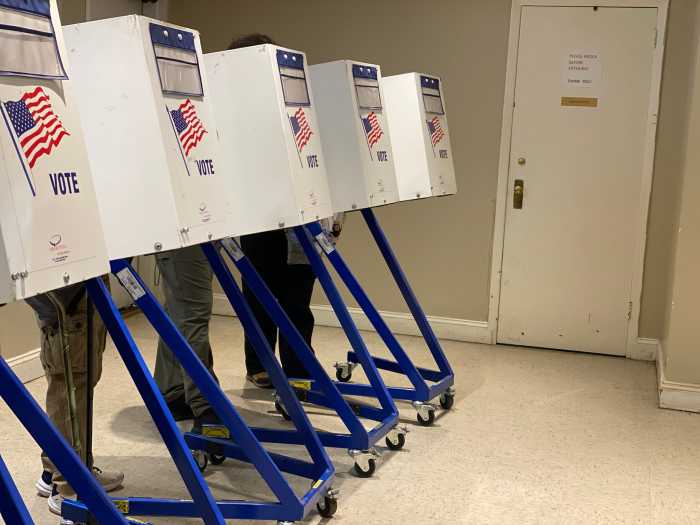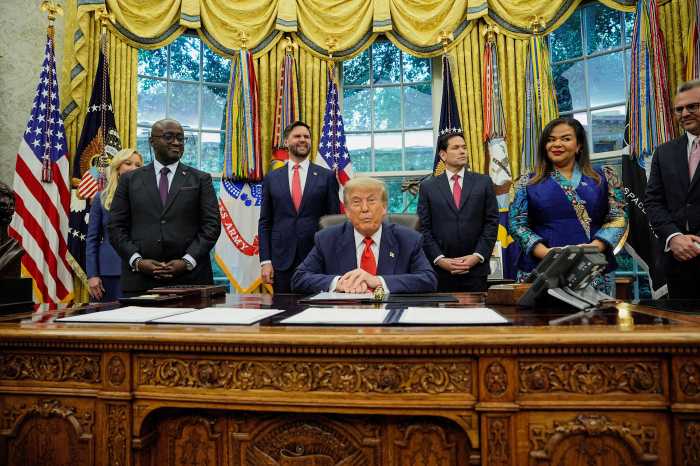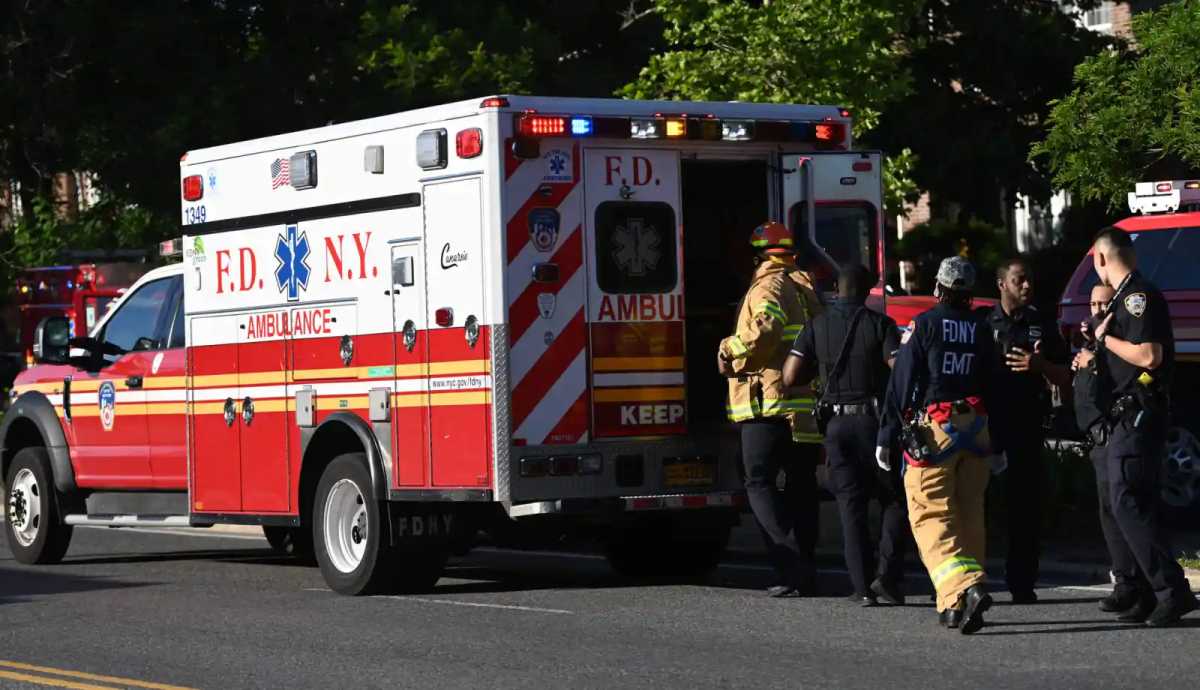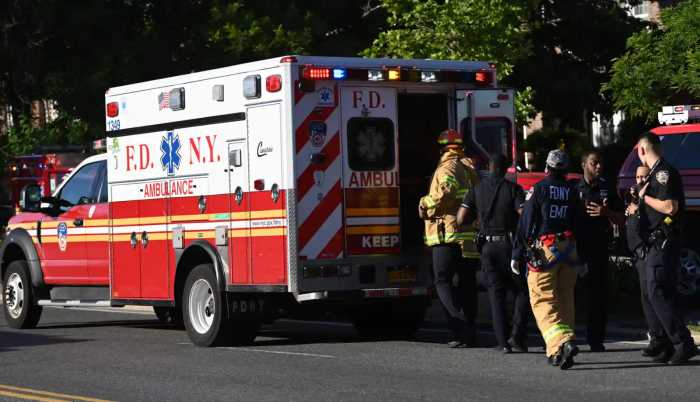New Yorkers planning to visit Paris, here’s a tip: Don’t lean in too close to smell the flowers.
They might be urinals.
Last week, the French city opened a new front in its downstream fight against public urination, debuting a few new-fangled public urinals that run without water and store the unwelcome liquid in compostable materials like straw, which can later be turned into fertilizer. And there’s space for flowers growing on top. The boxy inventions don’t look like your usual porcelain, and can be somewhat discretely utilized when they are placed up against walls.
Urine can be an annoying drip or pool or flood in major cities worldwide — from Paris to San Francisco, home of the pee-corroded streetlamp collapse, to here in New York. It’s hard to argue for welcoming the deluge. But what do you do about it?
For many cities, it’s a law enforcement problem. Before deploying the toilets, Paris last year proposed a beefed-up “incivility brigade” some 2,000 enforcement members strong. That’s been the longstanding impulse in New York too, with NYPD officers quick to slap an outdoor reliever with a criminal summons. Some argue that the police focus on low-level crimes has made the city a more orderly place.
That’s not universally acknowleged. In some cities such as Ulm, Germany and San Francisco, increased fines or penalties don’t appear to have been particularly effective.
“We need to shift public policy away from a punitive approach that’s been shown not to work, towards a problem solving approach,” says Alex Vitale, associate professor of sociology at Brooklyn College.
Vitale suggests better access to subway and park bathrooms, for example, or the construction of more pay-to-pee street toilets — coupled with offering free tokens at homeless shelters and soup kitchens.
Currently, New York City’s Parks Department manages 600 operational comfort stations, though none are open 24 hours a day, according to a spokeswoman. The MTA has 145 restrooms throughout the system. They’re closed “midnight to 5 a.m. for cleaning and to discourage illegal activity,” said spokesman Kevin Ortiz in an email.
That’s not enough, leaving many New Yorkers with burgeoning bladders crowding in lines for Starbucks toilets and begging access to restaurant restrooms. Particularly given the likelihood that your average subway urinal happens to be inaccessible, or the parks bathroom is within a playground inaccessible to an adult without a child. It’s not hard to imagine a moment when these options fail and you’re tempted to break the law.
Last year, the City Council passed legislation aiming to reduce the number of criminal summonses issued by the NYPD for certain low-level crimes. The new law added civil violations the NYPD could use, allowing quality of life crimes to be resolved in an administrative court as opposed to a criminal one.
Mayor Bill de Blasio signed that legislation, which included hefty fines for public urination, in June.
Those new civil options won’t go into effect until this summer. But officers had long had a civil option for public urination, along with a misdemeanor-level health code provision. Criminal summonses for the issue have been going down for years, even as civil violations have been spiking. The new focus on non-criminal options will continue that trend, given that the Council also repealed the health code misdemeanor in the fall.
That would be motion toward a more reasonable criminal justice system. And more bathrooms would provide welcome receptacles for the outlawed pee.





































